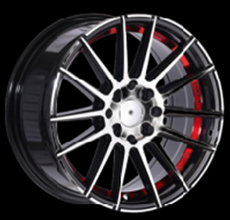What is the difference between Rims & Wheels
Do you know the difference between a pot and a pan? For years, this question has sparked intense dinner table debates and caused deep divisions. Who is right? A pot has deeper sides, while a pan has shallower sides and is used to concentrate heat for frying food. But we’re getting off topic.
When discussing rims and wheels on a vehicle, similar heated debates arise. What is the metal part of the tire called? A wheel? A rim? Is there a difference? Yes. Yes, there is.
Although people often use “wheel” and “rim” interchangeably, they are not the same. The rim is one of several components of a wheel. The tire is mounted on the outer edge of the wheel, and the rim serves as a reinforcement to secure the tire to the wheel.
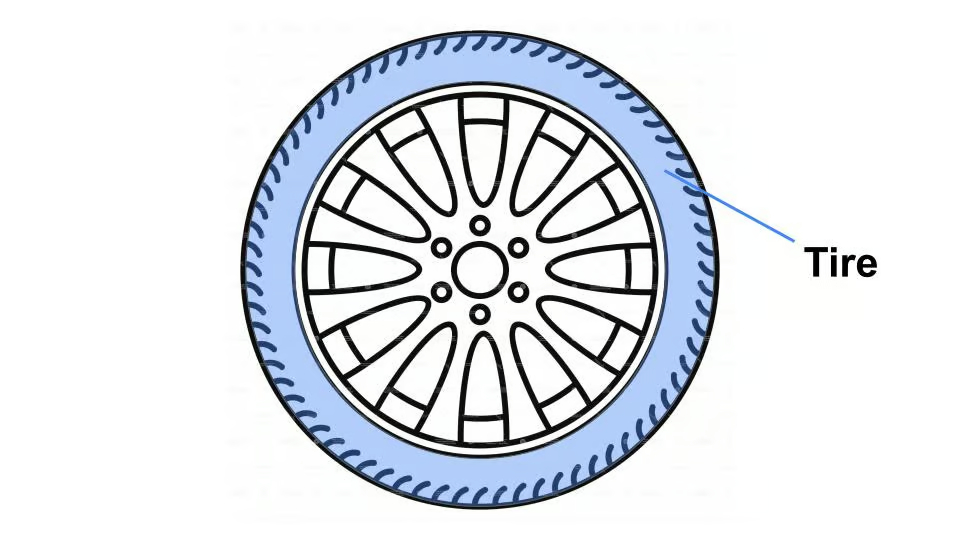
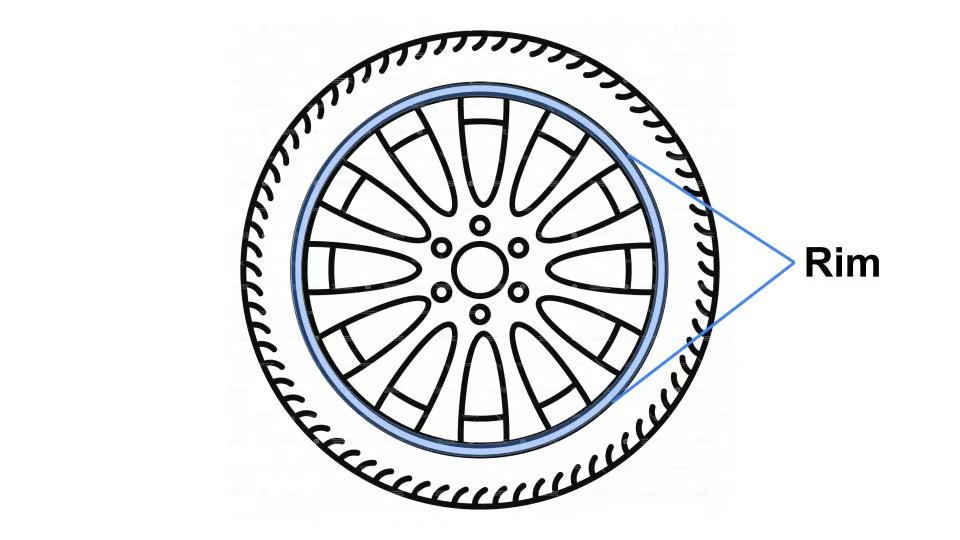
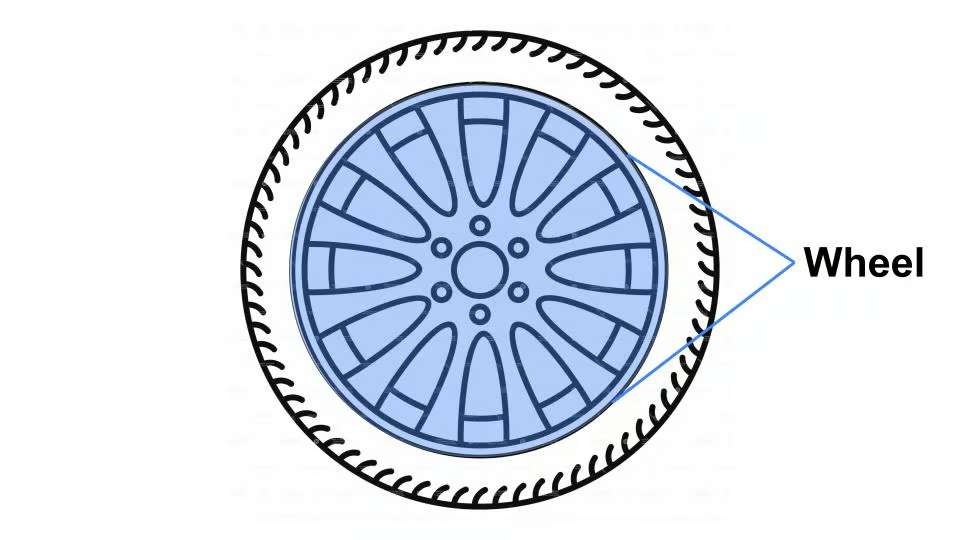
Spokes and the central hub are also parts of the wheel, not the rim. Aftermarket or decorative wheels, such as alloy wheels, are often mistakenly referred to as rims. Why? Maybe because “nice rims” just sounds cooler than “nice wheels.”
Whether you're trying to be “right” in a friendly debate or looking to buy wheels and/or tires (hopefully the latter), we’re here to clearly explain what a rim is, what a wheel is, and the difference between the two.
What is a rim?
The general definition of a “rim” is the outer edge of something—in this case, the outer edge of a wheel. The rim holds the tire in place. When viewed from the front, it typically has a U-shape, with the center deeper than the edges. This design supports the tire bead.
Rims are usually made from the same metal or alloy as the rest of the wheel and are often coated with Teflon for added protection. The main function of the rim is to support and seal the tire to the wheel. It helps maintain the air inside a tubeless tire by ensuring a proper fit.
What is a wheel?
The entire metal structure that supports the tire is the wheel. Although the term “wheel” is often used to refer to the whole assembly including the tire, that’s not technically correct.
The wheel is made up of several components. The hub, or central disc, connects the wheel to the vehicle’s axle and is secured with lug nuts.
While the tire can sometimes be larger or smaller than the rim, it’s the size of the rim that determines what size tire your car should use. You must use tires that are compatible with your wheels.
Tires and wheels are two different things, but some people use the terms interchangeably—like when someone says “pass me a frying pan,” but they really mean a pot.
The wheel is the metal part connected to the car’s hub via the axle. The tire, on the other hand, is the rubber casing mounted on the wheel. Other parts of the wheel include the spokes, lug holes, valve stem, and center cap. Some wheels also have a hubcap, which is a removable cover that snaps into place to protect the internal parts of the wheel.
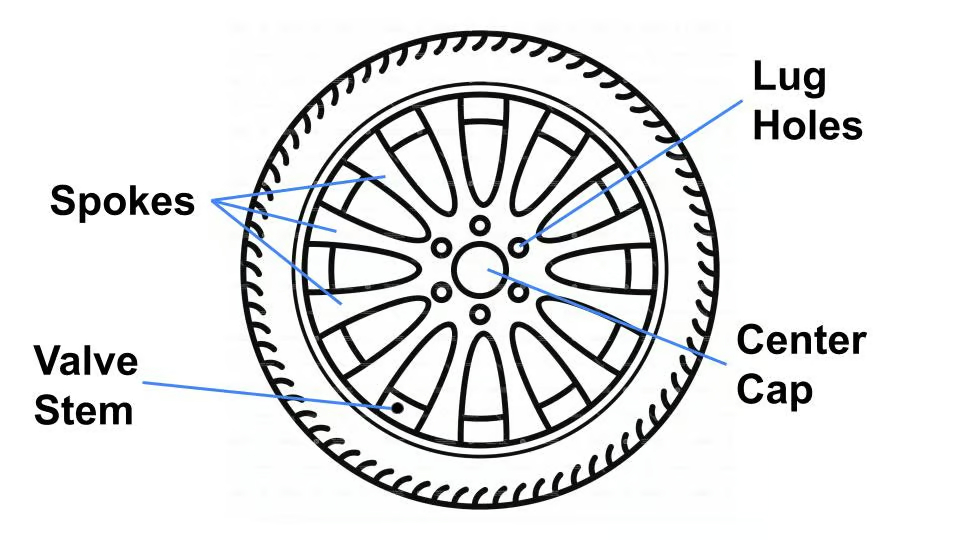
Do you need wheels or rims?
Alright, here’s the deal: the entire metal part that supports the tire is the wheel. The outer edge of the wheel is the rim. For some reason, “rim” has become a synonym for “wheel”—perhaps because, in automotive slang, saying “I need a new set of rims” just sounds cooler?
Customers usually buy new wheels for two reasons: either to replace damaged ones, or to give their car a new and improved look.
Replacing damaged wheels
Vibrations while turning, sudden changes in handling, or constantly deflating tires are all signs of rim damage. Not all rim damage is visible, as the tire and hub may cover it, but there can be noticeable indicators.
If rim damage isn't fixed, the metal part of the wheel assembly can rub against the tire, leading to a blowout or the need for constant inflation. Damaged wheels and rims can be dangerous and may cause the driver to lose control of the vehicle.
The most common way rims get damaged is by hitting objects or deep potholes. Hello, city council.
Bent or damaged wheels and rims usually occur when a driver hits a curb while turning (often on the right side) or gets too close while parallel parking. If you live in an area with frequent snow and ice storms, road salt can also corrode and eat away at your rims. Another reason you may need new wheels is simply age and frequent use—they wear out over time.

